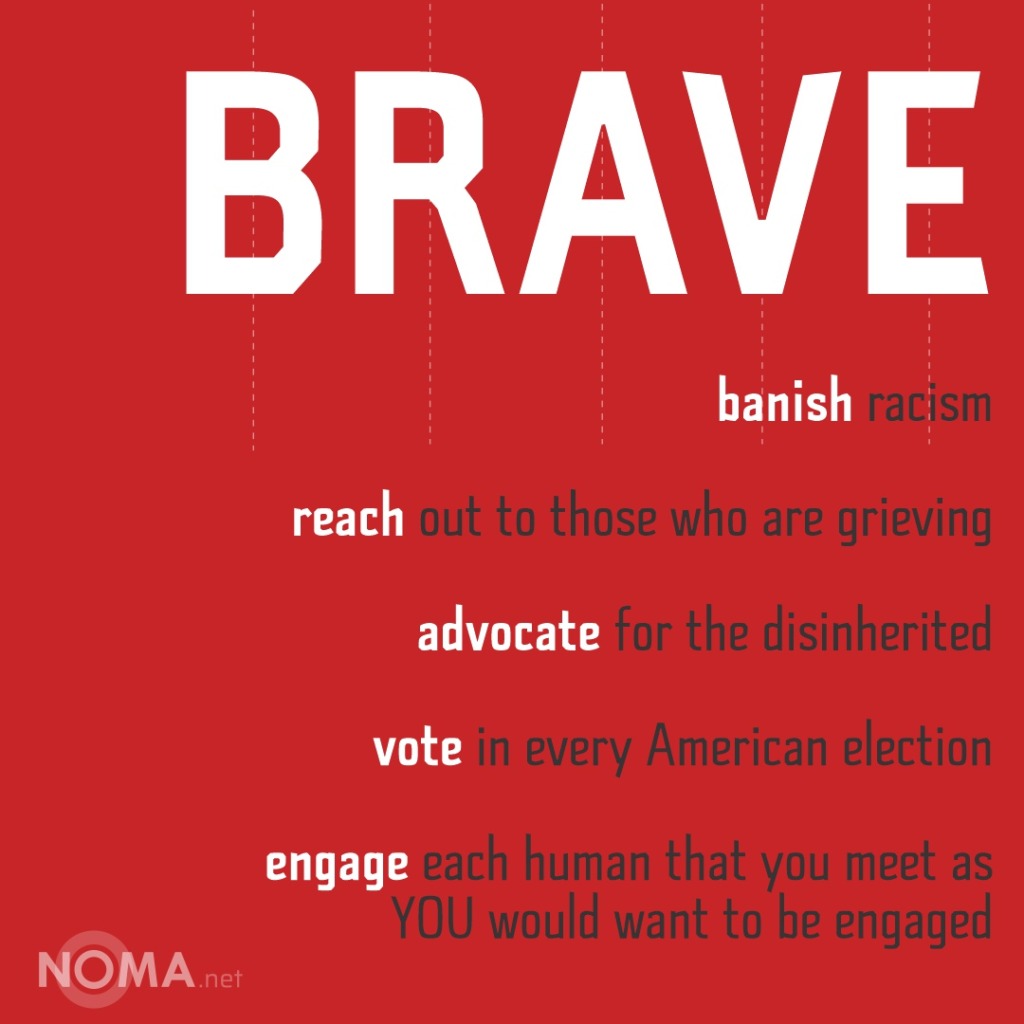Each submission gets timestamped with EST time and gets a unique identifier
assigned, example:
S10056


by: Bridget Cogley
After a year of reckoning, many of the nation’s largest architecture firms are reporting on the work they’re doing to foster diversity, equity, and inclusion (DEI). Efforts include improving job recruitment and mentorship, funding scholarships for Black talent and recognizing Juneteenth as an official holiday.
The conviction of former Minneapolis police officer Derek Chauvin on April 20 for the murder of George Floyd is an opportunity to reflect on changes made in the profession since last summer’s wake-up call. “The senseless death of George Floyd last year and the racial awakening that followed has served as a pivotal moment for how we address diversity and inclusion efforts across multiple industries,” says Jason Pugh, senior associate at Gensler and president of the National Organization of Minority Architects (NOMA). “It was amazing to see how it impacted everyone in the architecture and design community, which has notoriously carried the stigma of being a white, male-dominated profession.”
Increasing diversity in the workplace is now key for many firms, after first steps that encouraged colleagues to share personal stories of discrimination, and the introduction of bias training for staff. With the pandemic easing, and “as we move into a position of hiring, we want our hiring to look very different from how it’s looked in the past,” says Gensler’s co-CEO Diane Hoskins, who identifies as Black and runs the world’s largest architecture firm with co-CEO Andy Cohen. “It is a major priority for us. Last year we didn’t exactly know our demographics, but now we do. That’s the effort we undertook. It’s the starting point.” Colin Koop, partner at SOM New York, notes, “We’re being more transparent with everyone at SOM about our demographics and how we can do better as a global practice.”
“A lot of firms have lowered their guard when it comes to sharing their diversity metrics,” says Pugh. “We all know the numbers are low for minority representation across the design industry, but it’s refreshing to see firms own these numbers and share their plans to fix it.” Perkins&Will, for example, announced it had hired 19 female employees this year, six of whom are Black/indigenous/people of color (BIPOC), six Asian, two Hispanic, and one mixed race.


Each submission gets timestamped with EST time and gets a unique identifier
assigned, example:
S10056


Your ID: S12312312






This notification means your entry was sent successfully to the system for review and processing.
If you have any further questions or comments, reach out to us via the main contact form on the site
Have a great day!







New to NOMA?
Create your account
Already have an account?
Sign in

Not A NOMA Member? Click Here!
Create your account
